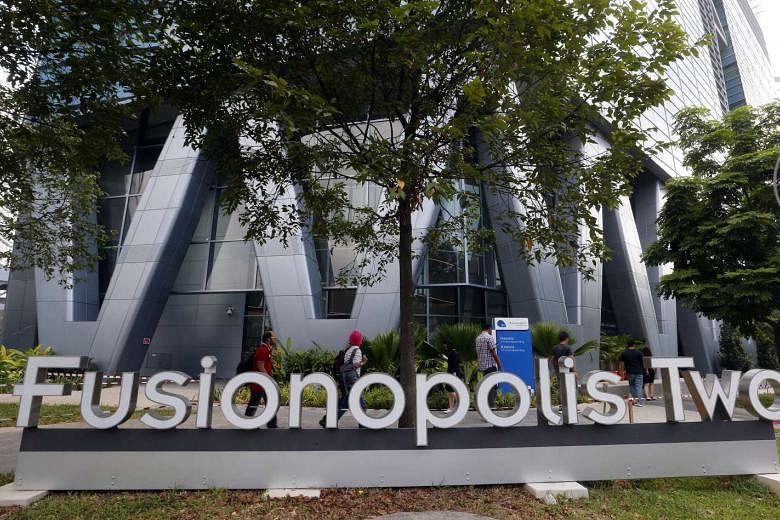SINGAPORE - US chipmaker giant Applied Materials and A*Star announced on Monday (Oct 19) that they will jointly set up a new R&D laboratory in Singapore.
Their $150 million joint investment will focus on developing advanced semiconductor technology to fabricate future generations of logic and memory chips.
The lab will be housed within A*Star's new R&D cluster at Fusionopolis Two and will feature a 400 sq m cleanroom with state-of-the-art semiconductor process equipment custom designed and built by Applied Materials. The facility will be staffed by 60 researchers and scientists, working together with extended research teams at A*Star's other research institutes.
The aim is for products developed by the joint lab to be manufactured by Applied Materials in Singapore.
Said A*Star chairman Mr Lim Chuan Poh: "This collaboration will catalyse the development of emerging technologies for the global electronics market and advance Singapore's position as a key R&D hub for the industry.
"The joint lab reaffirms A*Star's multi-disciplinary R&D capabilities to drive innovation in the electronics sector, a key growth area for Singapore's economy, and will generate further economic value through the creation of good jobs."
The new joint lab marks Applied Materials' second collaboration with A*Star. In 2012, the two formed a Centre of Excellence in Advanced Packaging in Singapore to develop advanced 3D chip packaging technology.
Said Mr Gary Dickerson, Applied Materials' president and chief executive officer: "A*Star and the government of Singapore have been great R&D partners for Applied Materials. We are excited to expand our collaboration to develop advanced semiconductor technology for extending Moore's Law."
"Moore's law" refers to the observation made in 1965 by Intel co-founder Gordon Moore that over the history of computing hardware, the number of transistors in a dense integrated circuit has doubled approximately every two years. He predicted that this trend would continue for the foreseeable future.


